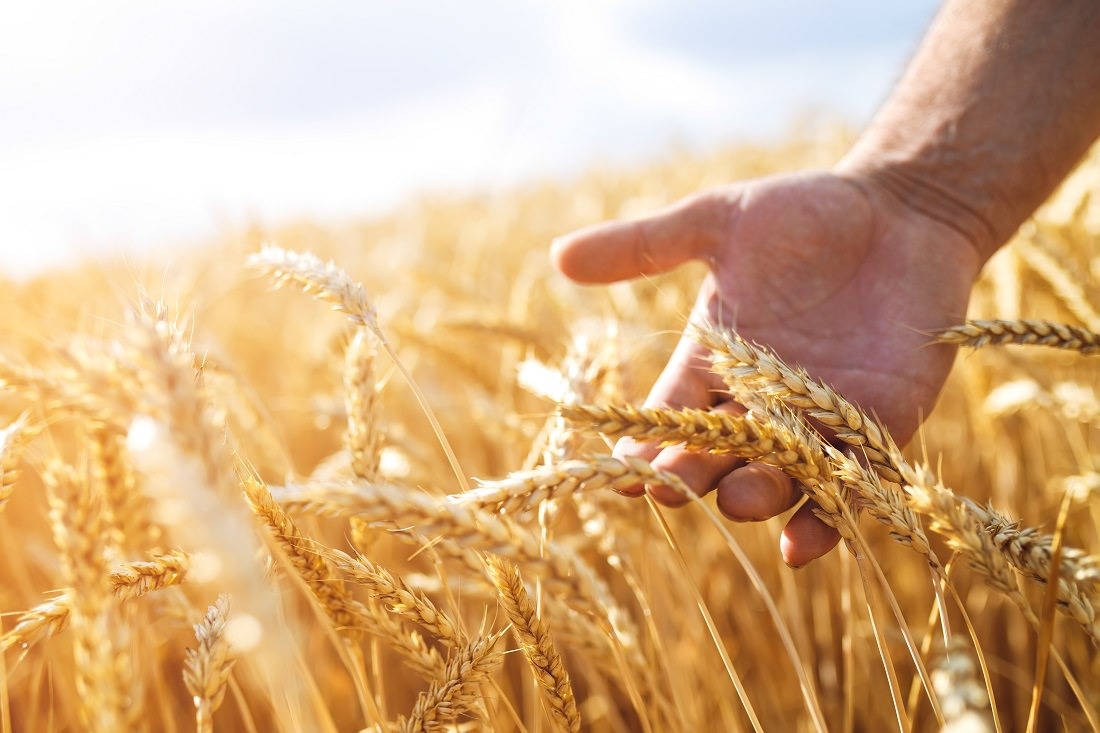Composting toilets are very rare in the U.S., but a quiet infrastructure crisis, and the inherent unsustainability of the standard flush toilet are good reasons to consider building them more often.
Most people, if they’ve heard of composting toilets at all, think of the large, passive composting systems found in remote campgrounds and trailheads. Often little better than pit toilets, passive composting toilets can be effective, but there are much more high-tech and efficient approaches available nowadays. What all these new systems have in common is urine diversion, colloquially known as peecycling.
Urine Diversion
Urine diversion is hardly a high-tech concept. It’s actually a pretty obvious approach to composting human waste if you understand the basic biology behind composting.
Composting is the natural decomposition of organic matter by microorganisms. These microorganisms thrive when their feedstock (the material being decomposed) has a carbon-to-nitrogen ratio of roughly 30-to-1 and the moisture level is between 40 percent and 60 percent.
Urine can interfere with composting of other organic materials because it is a liquid with high nitrogen content. Plus, the urea in urine degrades into ammonia, which kills the microbes that break down the waste. But when it is processed separately, urine has significant value as a fertilizer.
Liquid Gold
Urine also does not require composting to be a valuable fertilizer. It is 95 percent water with the remaining 5 percent comprising the high nitrogen content that can overload a compost pile, as well as phosphorus and potassium.
The nitrogen-phosphorus-potassium (N-P-K) ratio for human urine is 10-1-4, which is much healthier for garden soil than the 10-10-10 commercial fertilizers sold as “balanced.”
Rich Earth
The Rich Earth Institute works to reclaim human waste as a resource through research, education, and regulatory advocacy. Their research includes studies of the impacts of commercial mineral fertilizer, the value of human-derived fertilizer, methods for improving urine-derived fertilizer, and social research to understand the barriers to reuse of human waste. They also offer tours, workshops, and conferences for farmers, engineers, and others interested in peecycling.
But perhaps their most important work is advocating for a regulatory framework to allow widespread recycling of urine. The World Health Organization has recognized that urine is a safe and useful fertilizer that requires very little processing. However, most U.S. jurisdictions do not recognize source-separated urine as a distinct material from wastewater or sewage.
Rich Earth Institute, together with Recode, is working to update the Uniform Plumbing Code (UPC) and other policy and regulatory documents to include best practices for urine recycling.
What You Can Do
If you plan to build a composting toilet, choose a urine-diverting design. But if a composting toilet is not in your future and you want to pee in the garden, we won’t judge you.
For more privacy, many folks in the homesteading culture keep supplementary bucket toilets or portable urinals in their bathrooms. They dilute the collected urine for use as a liquid fertilizer in the garden. Folks with regular plumbing and no room for an extra toilet can buy urine-diverting flush toilets. But if you live in the area of Brattleboro, Vermont, consider donating your urine for recycling.
Editor’s Note: This article was originally published on January 29, 2020, and was updated during January 2025.
Source link
Gemma Alexander earth911.com


